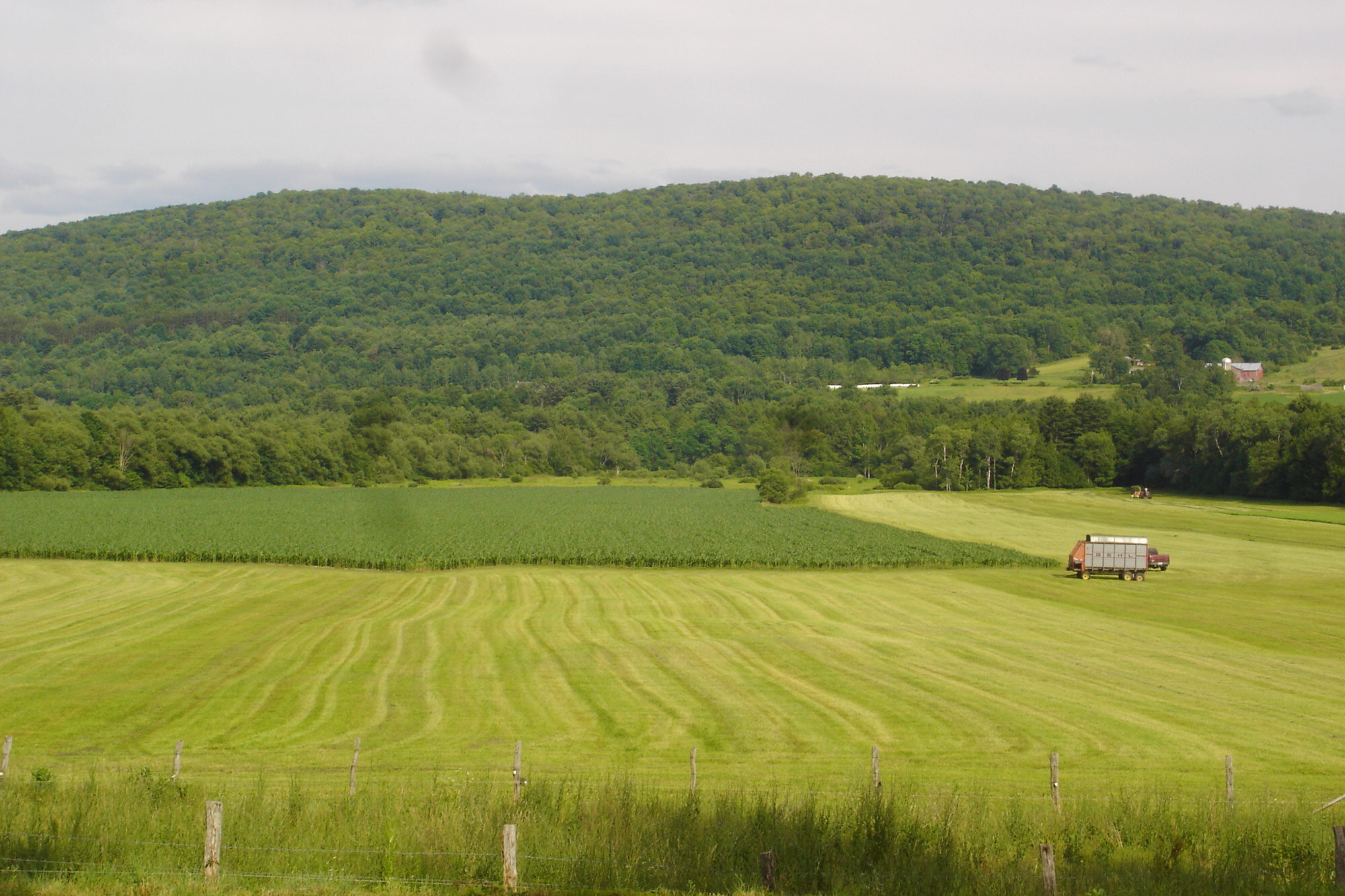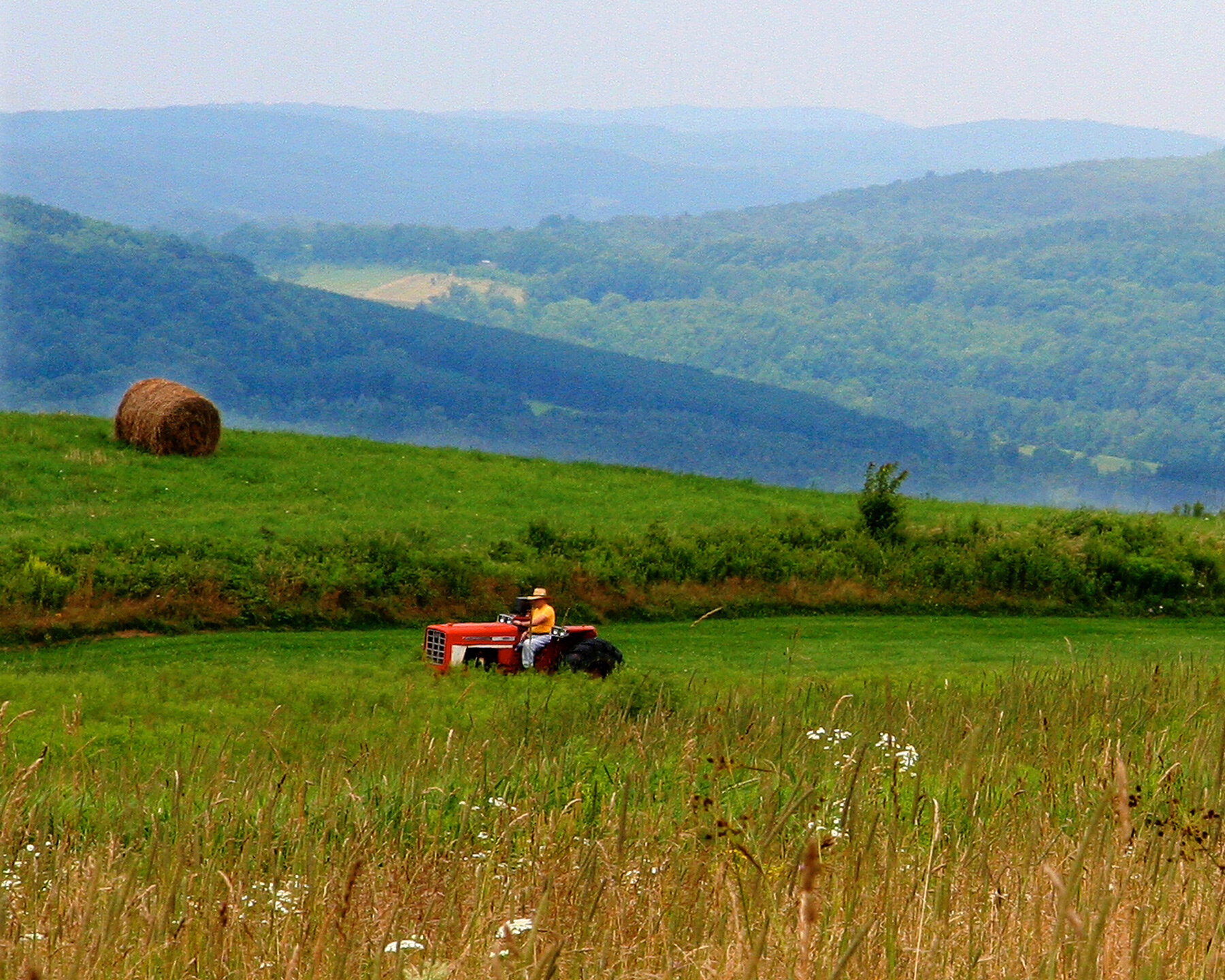
Carla HallHow We Protect Land
Conservation Tools
The primary mission of Otsego Land Trust is to protect our region’s land, clean water, and rural landscapes. OLT believes in a philosophy of reciprocity and responsibility: we need to take care of the earth that takes care of us.
To contribute to the conservation of land and water in our unique region, Otsego Land Trust employs a growing number of innovative and flexible land protection tools.
Please Note: Otsego Land Trust cannot provide legal, tax or accounting advice. This information is intended as a guide only and cannot be relied on as a substitute for obtaining professional advice.
Conservation Easements
A conservation easement is a legal document that protects a property and its unique conservation attributes by permanently limiting the potential uses of the protected land. It is a form of deed restriction that will remain with the property in perpetuity.
Once a conservation easement is created, it is the responsibility of the landowner in partnership with OLT to ensure the conservation attributes outlined in the conservation easement are protected Conservation easements vary widely in the types of limitations they include.
OLT works with individual landowners to make sure easements meet their individual needs, visions for their properties and the mission of OLT.
Marjorie RogersConservation Easement FAQs
See our FAQ list to assist in identifying what’s right for you.
Dave KeihmPurchase of Development Rights (PDR)
If a large farm is subdivided and developed, its productive agricultural life effectively ends. However, without selling or mortgaging their land, owners of working farms can receive financial compensation by selling just the rights to subdivide and/or develop their property and receive financial compensation. In exchange, the owners agree to limit their use of their land to agriculture. This limitation is reflected in a conservation easement.
Additionally, removing the development rights from farmland generally reduces its value, making agricultural land more affordable for future farmers.
Outright Donations
For landowners who no longer want to own a particular parcel but want to see it protected in perpetuity, an outright donation to Otsego Land Trust may be an excellent option. Donating land for the expressed purpose of conservation establishes a permanent legacy for future generations.
Upon donation, Otsego Land Trust takes one of the following actions:
If the land has value as a site for public access allowing outdoor recreational or educational activities, OLT may retain ownership of the property as a permanent public access site, or transfer ownership to another suitable entity such as a government agency or other nonprofit organization.
If land has value as a public access site and OLT holds it, a sustaining financial endowment will also be necessary. These endowments are created by landowner donations and/or grants.
If the land is not suitable for public access, and if appropriate, OLT may sell the land subject to a conservation easement or other restriction on development and then use the proceeds to protect additional lands.
Outright donation of property is considered a tax deductible gift. OLT encourages all landowners to consult with a tax professional.
Patricia A. JessupBargain Sales
OLT may suggest the possibility of a bargain sale for properties with exceptional natural attributes or special historic or cultural value. A bargain sale means that the land trust will purchase the parcel for a price that is less than current fair market value. The ability of the land trust to engage in a bargain sale is completely dependent on the availability of grant monies dedicated to this purpose. In most cases, bargain sale properties are properties that are suitable for public access.
Bargain sales may also result in tax benefits to sellers. OLT encourages all landowners to consult with a tax professional.
Monte LoomisTax Incentives
A person "donating" a qualified conservation interest (a conservation easement) may be able to avail themselves of tax incentives. There are three main available incentives: federal charitable tax deduction, New York State income tax credit for conservation easements ("NYS credit"), and potential estate tax advantages. Please see our "Tax Incentives" sheet for more information.
The federal deduction is based upon the appraised value of the conservation easement. The NYS credit is based upon the property taxes (on the land, not structures). Estate tax advantages may be available on a case-by-case basis.
Please note that a recently implemented IRS Rule may significantly impact the ability to take advantage of the NYS conservation easement tax credit if you also claim a federal charitable tax deduction. Please confer with your tax professional for more information. Please Note: Otsego Land Trust cannot provide any legal, tax or accounting advice.
We encourage you to call Otsego Land Trust with any questions or to help you begin the process of protecting your land.
Please Note: Otsego Land Trust cannot provide legal, tax or accounting advice. This information is intended as a guide only and may not be relied on as a substitute for obtaining professional advice.
Success Stories
Private Lands. Working Lands. Protecting Forever Lands.
“I was nervous about the phrase ‘conservation easement’ at first, thinking that people would be allowed on the land and I wouldn’t have any flexibility. I was happy to learn that this was not the case.”
Frank Novak
72 Acres in Town of Otsego








